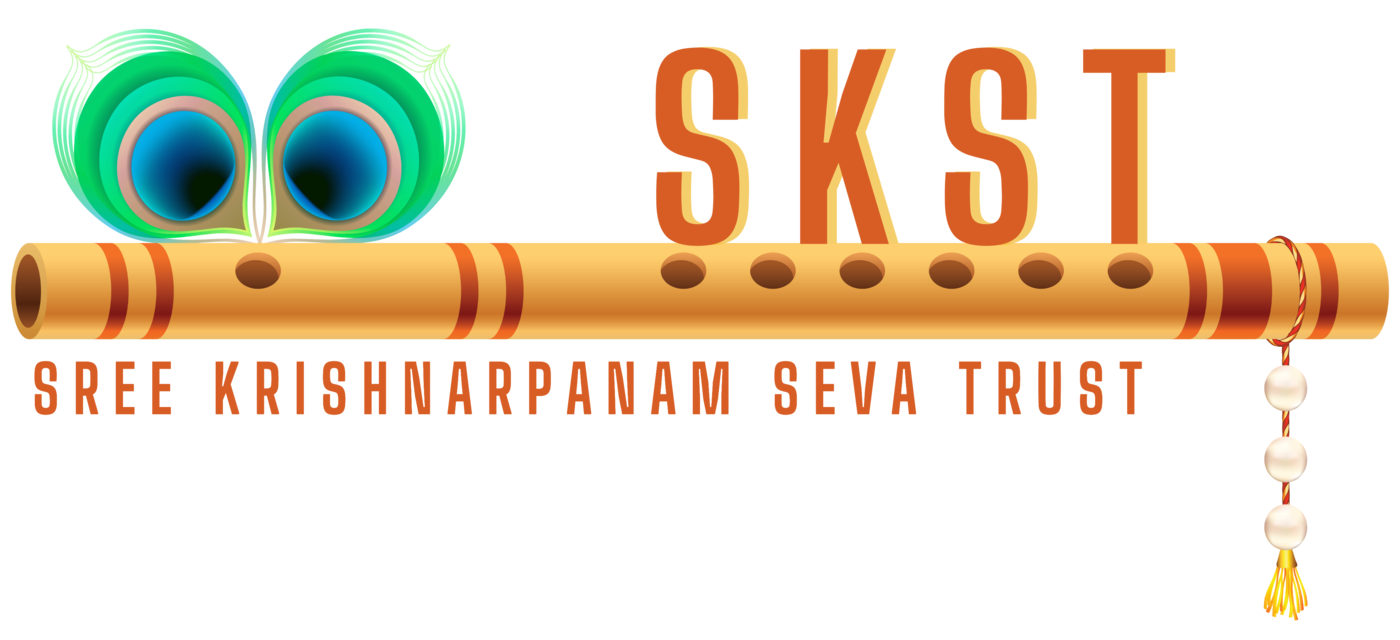
BGOD’S WAYS…!! — J K SIVAN
He is our God, unseen, untouched, about Whom we only imagine, and yet He is accepted the Supreme because He is unparalelled for what He does not only to us but for each and every life He created. He silently generates, guards, guides and governs all universal (including our own) thoughts, deeds and acts. Here is only a small example of His one aspect, the INCOMPARABLE ACCURACY, by way of a list just to exhibit what and how HE organizes SO ACCURATELY from time immemorial, in absolute perfection and precision beyond human perception.
THE MYSTERIOUS FACTS
God’s accuracy may even be observed in the hatching of eggs. . . . .
For example:
-The eggs of the potato bug hatch in 7 days;
-Those of the canary in 14 days;
-Those of the barnyard hen in 21 days;
-The eggs of ducks and geese hatch in 28 days;
-Those of the mallard in 35 days;
-The eggs of the parrot and the ostrich hatch in 42 days.
(Notice, they are all divisible by seven, the number of days in a week!)
God’s wisdom is seen in the making of an elephant.
The four legs of this great beast all bend forward in the same direction. No other quadruped is so made.
God planned that this animal would have a huge body, too large to live on two legs.
For this reason He gave it four fulcrums so that it can rise from the ground easily.
The horse rises from the ground on its two front legs first.
A cow rises from the ground with its two hind legs first.
How wise the Lord is in all His works of creation!
God’s wisdom is revealed in His arrangement of sections and segments, as well as in the number of grains.
-Each watermelon has an even number of stripes on the rind.
-Each orange has an even number of segments.
-Each ear of corn has an even number of rows.
-Each stalk of wheat has an even number of grains.
-Every bunch of bananas has on its lowest row an even number of bananas, and each row decreases by one,
so that one row has an even number and the next row an odd number.
-The waves of the sea roll in on shore twenty-six to the minute in all kinds of weather.
-All grains are found in even numbers on the stalks,
And the Lord specified thirty-fold, sixty-fold, and a hundred-fold all even numbers.
God has caused the flowers to blossom at certain specified times during the day.
Linnaeus, the great botanist, once said that if he had a conservatory containing the right kind of soil, moisture and temperature, he could tell the time of day or night by the flowers that were open and those that were closed!
The lives of each of you may be ordered by the Lord in a beautiful way for His glory, If you will only entrust Him with your life.
If you try to regulate your own life, it will only be a mess and a failure. Only the One Who made the brain and the heart can successfully guide them to a profitable end.
“Life without God is like an unsharpened pencil – it has no point.”
GANAPATHI BAPPA MORYA
Every Hindu home celebrates, on 29th August 2014 Ganesh Chaturthi, also known as Vinayaka chathurthi and as Pillaiyar Chathurthi in Tamilnadu, is a most sacred Hindu festival. It relates to the birth of Lord Ganesha – the supreme God of wisdom and prosperity. Observed in the Hindu calendar month of Bhadrapada, Avani month in tamil, starting on the shukla chaturthi (fourth day of the waxing moon period). Typically the day falls sometime between August 20 and September 15.
Ganesh chathurthi celebrations lasts for 10 days, ending on Ananta Chaturdashi, and is traditionally celebrated as the birthday of Lord Ganesha.
Lord Ganesha is the son of Shiva (The God of Destruction in the Hindu Holy Trinity of Creator-Preserver-Destroyer) and Parvati (Shiva’s consort). The cutest and most lovable Indian God, Ganesha or Ganpati has the head of an elephant on which rests an elegant tiara, four podgy hands joined to a sizeable belly with each hand holding its own symbolic object – a trishul or a trident in one, an ankush or goad (made from his very own broken tooth) in another, a lotus in the third and a rosary (which is sometimes replaced by modaks, his favourite sweet) in the fourth. Revered as the deity of auspiciousness and wisdom, Lord Ganesha is also famous for being a trickster and for his profound sense of humour.
Once while Parvati was bathing, she created a human figure from some unguent and balm, gave him life and asked him to guard the door while she bathed. After a long period of meditation on Mountain Kailash (Lord Shiva’s abode), Shiva chose that very moment to drop by to see his better half, but was abruptly stopped by the man-god Parvati had posted at the door.
Outraged by the cheek of this stranger, Shiva cut off his head only to discover moments later that he had killed Parvati’s son! For fear of enraging his wife, Shiva immediately dispatched his ganas (attendants) to get him the head of the first living creature they could find. Well, the first living creature happened to be an elephant. As instructed, the head was chopped off and brought back to Shiva, who placed it on Parvati’s son’s body, bringing him back to life. This elephant-headed god was welcomed into the first family of the Hindu heavens and named Ganesha or Ganapati, which literally means the chief of the ganas, or the attendants of Shiva. This brave guardian of the door to Parvati’s bath is beheld today as the most auspicious God of new beginnings. He is worshipped during every festival and before people undertake a journey or embark upon a new venture. You will also see him carefully guarding entrances to temples and homes, peeping out of calendars and happily gracing marriages and other such occasions.
Historians say during the times of the reigns of dynasties as Satavahana, Rashtrakuta and Chalukya, Ganesh chathurthi was celebrted yearly. In Maharashtra Chatrapati Shivaji Maharaja, the great Maratha ruler, promoted the Ganesh chathurthi celebrtions. It had continued ever since. History says it was celebrated during the Peshwa times. Ganapati was the family deity of the Peshwas. After the end of Peshwa rule, Ganesh Chaturthi remained a family affair in Maharashtra from the period of 1818 to 1892.
1857 was the year of Sepoy Mutiny, an armed rebellion by Indian soldiers against the ruling British Empire, the first war waged to gain back independence,but failed. Indian struggle for independence however continued. One of our such great freedom fighter, Lokmanya Bal Gangadhar Tilak brought back the tradition of Ganesh Chaturthi and reshaped the annual Ganesh festival. Tilak realized the cultural importance of this deity and popularised Ganesha Chaturthi as a National Festival to build a new grassroots unity between all Indian Hindu citizens. Tilak chose Ganesha as a rallying point for Indian protest against British rule uniting all Indians as worshippers of Ganapathi.
Tilak organized the Ganesh Utsav as a social and religious function. He was the first to put in large public images of Ganesha in pavilions and establish the tradition of their immersion on the tenth day. The festival facilitated community participation and involvement in the form of learned discourses, dance dramas, poetry recital, musical concerts, debates, etc. It served as a meeting place for common people of all castes and communities, at a time when all social and political gatherings were forbidden by the British Empire for fear of conspiracies to be hatched against them. An important festival during the Peshwa era, Ganesha Chaturthi acquired at this time a more organized form all over India largely due to Lokmanya’s efforts.
Ganesh Chaturthi is celebrated throughout Maharashtra, Tamilnadu, Karnataka, Andhra and many other parts of this country with great community enthusiasm and participation. In our free India, now it is proclaimed to be a national festival. Illumination, decoration, festive look is found everywhere during Vinayaka Chathurthi celebrations. Artisans make the idols of Ganesh vieying with each other to make bigger and better sculptures. The sizes of the relatively larger ones range anywhere from 10 meters to 30 meters in height. These are installed in marquees and in homes prior to the Puja (worship).
The duration of the Lord’s stay varies from place to place; once the worship is complete, the statues are carried on decorated floats to be immersed in the sea after one, three, five, seven and ten days. Thousands of processions converge on the beaches to immerse the holy idols in the sea. This procession and immersion is accompanied with dancing and the sound of exciting drum-beats, devotional songs and exploding firecrackers. As the idol is immersed amidst loud chants of “Ganesh Maharaj Ki Jai!” (Hail Lord Ganesh), the festival comes to an end with pleas to the Lord to return the next year with chants of “Ganpati bappa morya, pudcha varshi laukar ya” (Hail Lord Ganesh, return again soon next year). Tourists from all over the world come to witness this wonderful event in the sun kissed beaches of Goa and Mumbai.
Let me conclude this with a few words in tamil for those interested in reading something about Vigneshwara in tamil



